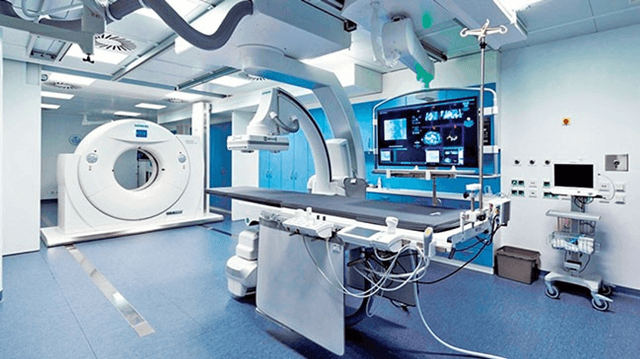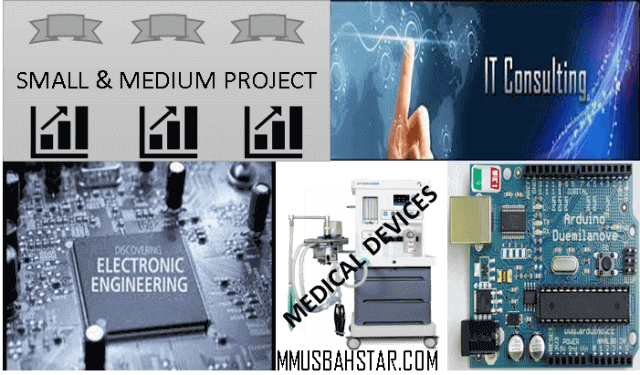It is a process used to restore the performance of the device after a failure.
Corrective maintenance (CM) involves the replacement or repair of equipment after it fails, and rectify the failure so that the equipment can be reinstated and the facility production restored. IN response to equipment failure, CM tasks identify the failure (it may be an equipment component or equipment item) CM tasks are prioritized so that the high-priority tasks that may be safety related or affecting production are addressed first.
CM is in general low cost because it can generally be performed with a fewer number of resources and maintenance infrastructure, including tools, technologies and expertise. The consequence, however, is that it is inefficient and in the long term it can be very expensive because failures generally result in catastrophic events, which means there is more damage that needs to be repaired and hence the MTTRs are longer. CM also does not focus on the root cause of the equipment failure and therefore MTBF will be much lower than with proactive maintenance. In other words, there will be many repeat failures.

The following steps constitute corrective maintenance:
- Once the failure has been detected, it must be confirmed. If the failure is not confirmed, the item generally is returned to service. This no-fault-found problem leads to a considerable waste of time at significant cost. It also entails carrying an unnecessarily large inventory all the time.
- If the failure is confirmed, the item is prepared for maintenance and the failure report is completed.
- Localization and isolation of a failed part in the assembly is the natural next step in corrective maintenance.
- The failed part is removed for disposal or repair. If disposed of, a new part is installed in its place. Examples of repairable parts and connections include broken connections, an open circuit board on a PCB, or a poor solder.
- The item may be reassembled, realigned, and adjusted after repair. It is checked before being put back to use.

Types of defect in medical devices:
The orders of the most likely failure are:
- Clinical failure
- Mechanical failure
- Electromechanical failure
- Electronic failure
- We also repair makes and models of devices with different functions such as:-
1/ Anesthesia Machine
2/ Suction Machine
3/ Ultrasound Machine
4/ Patient Monitor
5/ ECG Electrocardiogram Machine
6/ Defibrillator Machine
7 / Hemodialysis Machine
8/ Blood Gas Analyzer
9/ Respiratory Therapist RT
10/ Electroencephalograph











